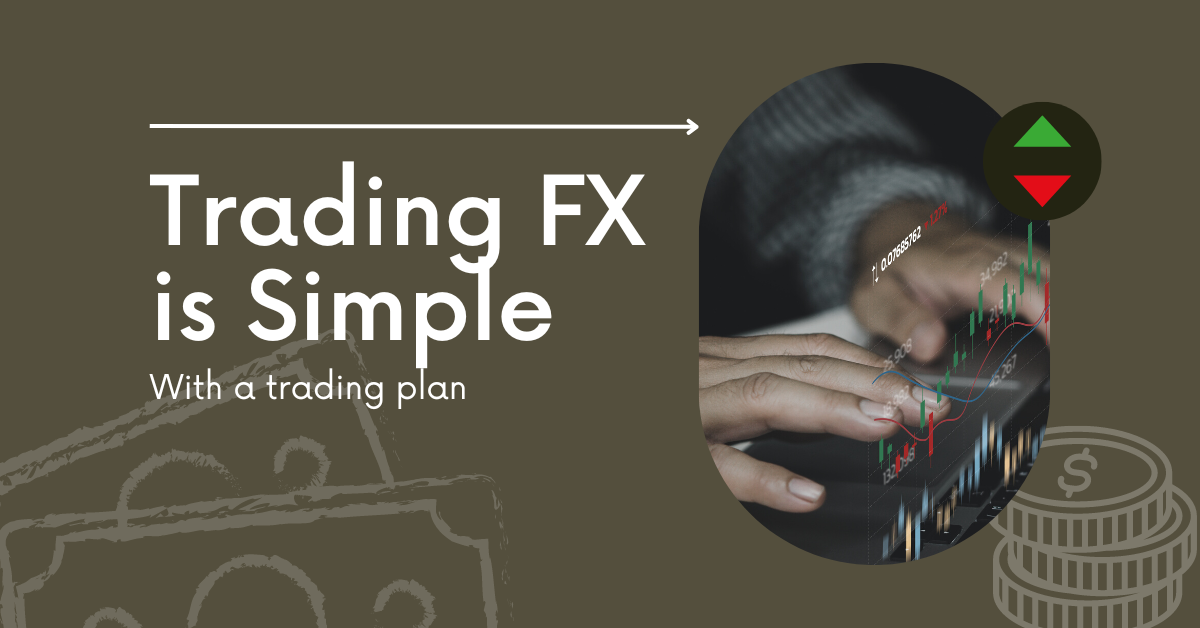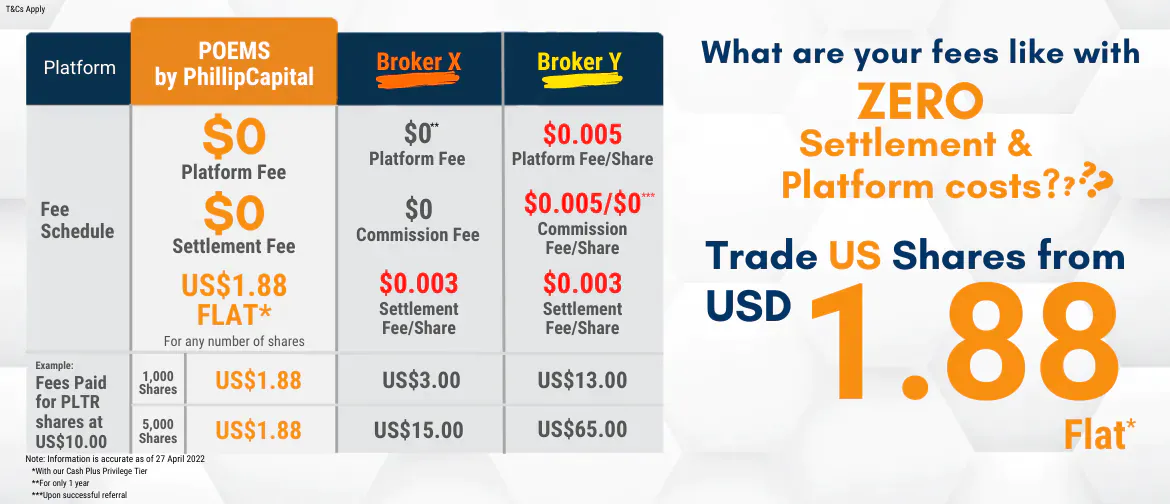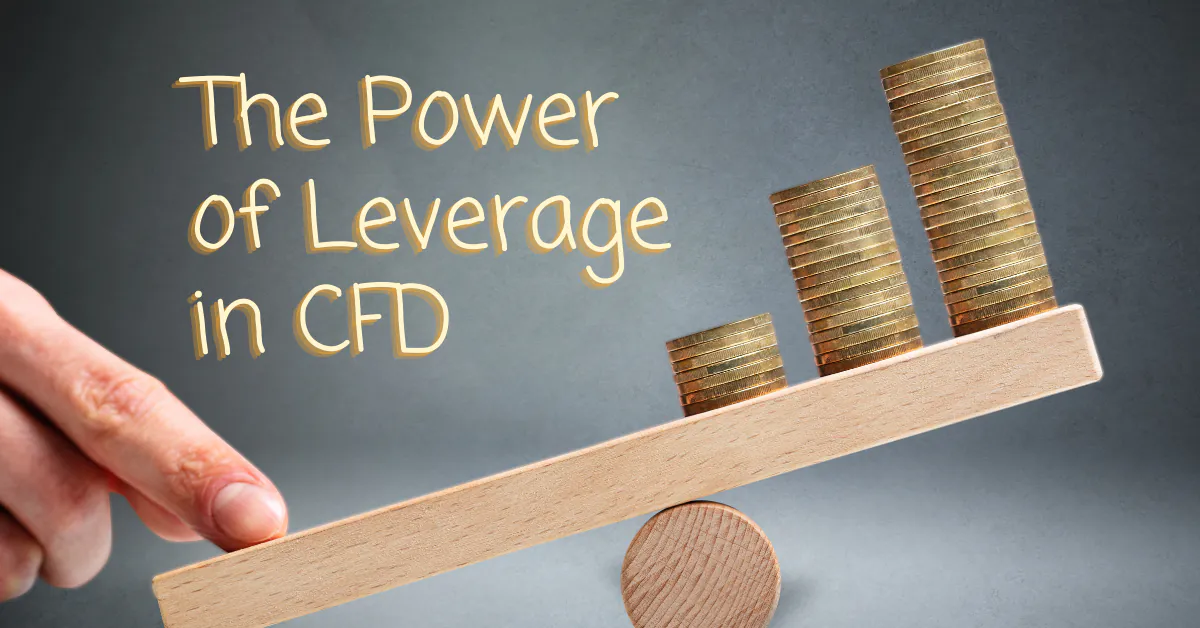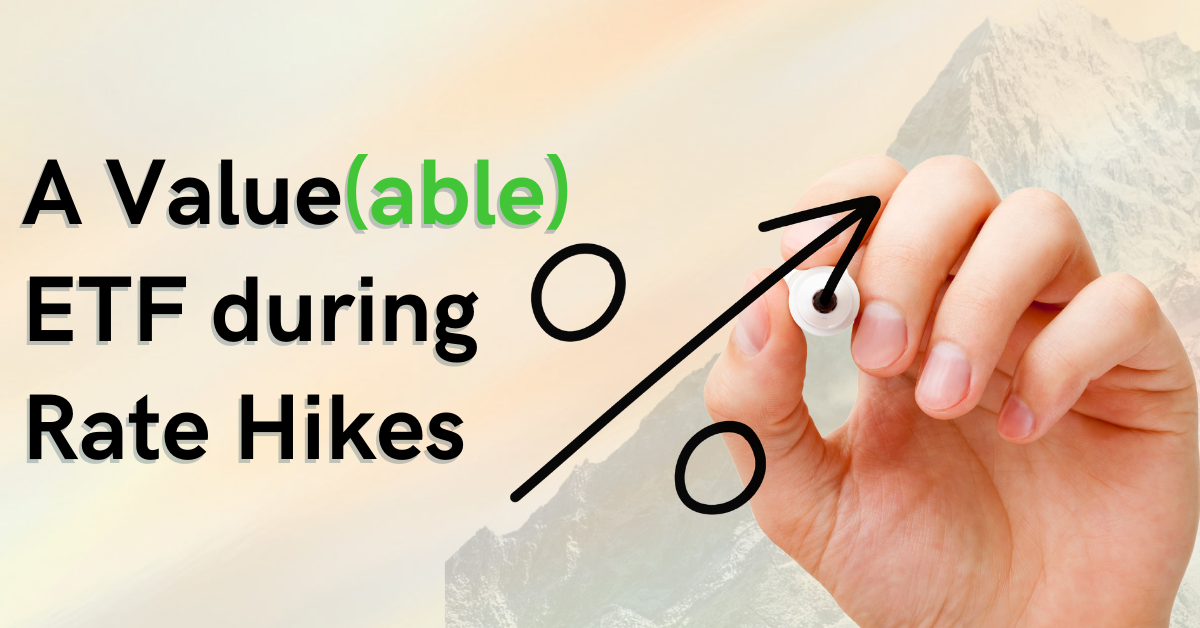Trading FX is Simple! – with a trading plan

Kenneth Tan, Head of FX CFD
Kenneth Tan graduated from Nanyang Business School with a Master of Science in Financial Engineering. Having worked as a spot and NDF trader for a top bank in Japan and an option dealer with one of France’s top five banking groups, Kenneth has devoted more than 15 years to developing the FX business and strongly believes that investing in FX instruments is essential to every investor. He enjoys learning about how automated strategies can enhance trading experience for clients.

Foreign Exchange, or FX trading may seem difficult, abstract and intimidating for beginners. However, the underlying activity is actually simple. The mechanism for profiting in the FX markets is straightforward: an investor aims to buy low and sell high, or sell high and buy low.
What are they actually buying and selling?
Imagine a pen that has a price tag of S$1.50. The pen is therefore the “base” of this price tag and S$1.50 refers to the cost “in terms of” Singapore Dollars. FX markets are quoted in the same way where the price tags are similar to “pen at S$ = 1.50” meaning the cost of 1 pen in terms of S$ is S$1.50. When you buy this pen, you will need to pay S$1.50 for it. Conversely, when you sell this pen, you would like to receive S$1.50 for it. So, for a quote of USD/SGD at 1.3700, it means US$1 will cost, in terms of Singapore Dollar, S$1.37.
.

Source: POEMS
When you buy US$1, you will need to pay S$1.37. When you sell US$1, you will receive S$1.37. Countries around the world have their own currency and traders learn to quickly recognise those currencies by their three-letter acronym or abbreviation. The most traded currencies are the United States Dollar (USD), the Euro (EUR), the Japanese Yen (JPY), the Great Britain Pound (GBP), the Swiss Franc (CHF), the Canadian Dollar (CAD), the New Zealand Dollar (NZD), and the Australian Dollar (AUD).
So, what’s a trading plan?

A trading plan is an organised approach to executing a trading system while factoring in risk management and personal psychology. No matter how good your trading plan is, it will not work if you do not follow through. FX traders who adhere to a disciplined approach are the ones who survive year after year, as they learn to fine-tune their plan to adapt to market conditions. They can even have more losing trades than winning ones and still be profitable because they adopt a disciplined approach. As the world’s largest, most liquid and active market place, FX provides the environment for various trading styles, such as scalping, day trading, swing trading, and position trading.
Designing your Trading Plan in 3 Steps:
Step 1: Design a Trade Strategy
- Decide on the time frame that suits your trading style
- Use indicator(s) to identify new trends
- Use indicator(s) to confirm not a false trend
- Plan entries and exit rules with risk-reward ratio; if multiple indicators are used, probability scale may be defined
- Test your strategy thoroughly on past prices as different currency pairs have different characteristics
Step 2: Define Your Risk
The capital you set aside for FX trading determines the position size on each individual trade. FX trades are usually offered with leverage, allowing you to put only a fraction of capital to trade the original amount you want. You will therefore need to consider the amount at risk for each position as leverage amplifies both returns and risks. With leverage, you will need to consider the maximum draw down on your capital that you are able to commit. These money management rules will also be incorporated into your exit strategy, specifically in the form of stop loss.
Step 3: Trade Performance and Review
Regular review of past trades and reflections on possible improvements is beneficial for evaluating one’s trading performance. This process, commonly referred to as “fine-tuning” of trading plan, involves assessing both successful and unsuccessful trades. Traders often maintain a trading diary or journal to facilitate this review process to identify areas for improvement in future strategies. By analysing past trades, traders can enhance their decision-making process and optimise their trading strategies.
Example of a Trading Plan for EUR/USD
Remember that EUR/USD means you are buying (or selling) EUR by paying (or receiving) in US$. When you buy EUR, you are hoping that EUR will appreciate and the EUR/USD price will be higher so that you can sell higher than what you bought it at. Conversely, when you sell EUR, you are hoping that EUR will depreciate and EUR/USD price will go lower.
Step 1: Design a Trade Strategy
1. First, we’ve decided that this is a swing trading system and that we will trade on a 4 hourly chart. Every 4-hour interval is represented by a bar/candle on the chart and is referred to as a period.
2. Next, we use 2 simple moving averages (SMA) to help identify new trends at the earliest opportunity. SMA20 is the “faster” moving average based on average closing prices over 20 periods. SMA50 is the “slower” moving average based on average closing prices over 50 periods. An uptrend is formed when the faster SMA crosses over the slower SMA from below with current prices above the faster SMA. Conversely, a downtrend is formed when the faster SMA crosses over the slower SMA from above, with current prices below the faster SMA.

3. We will then use Relative Strength Index (RSI) as a tool to give us additional confirmation, and determine the strength of the trend. The new uptrend is confirmed when RSI is between 50 and 70, while the new downtrend is confirmed when RSI is between 30 and 50.

Source: POEMS CFD MT5

5. To test this strategy, we will scan past prices to identify these trade setups and monitor the trade performance.

Source: POEMS CFD MT5
We notice that our exits are too quick; when the RSI reaches overbought or oversold levels, or when it crosses the 50 threshold. Consequently, we are unable to capture the full extent of profits from the newly identified trend. To fine-tune this strategy, we will adopt a firm risk-reward ratio of 1:2 for exits, where the setup will stop losses at 0.0050 (50pips) and take profits at 0.0100 (100pips). By applying this adjustment, we have achieved improved results, enabling us to capture greater profits from the trades we observed.

Source: POEMS CFD MT5
Step 2: Define Your Risk
Example:
We start our account with US$10,000. We will be risking 0.0050 (or 50pips) on each trade setup. As a typical rule, we would like to risk about 2% of capital on any given forex trade. Therefore, this translates to:
- US$10,000 x 2% = US$200
- US$200 / 0.0050 = Position Size 40,000
This means that for each trade setup, a position of 40,000 EUR/USD (i.e. 4 lots) are entered. You will be able to trade 40,000 EUR/USD as the leverage provided is 20 times, therefore, it only requires a margin of around US$2,000 (margin is the collateral that an investor has to deposit with their broker to open a trade position). If the trade is against you and you have stopped your losses at 0.0050, you will potentailly lose US$200 (or 2% draw-down on your capital).
Step 3: Trade Performance and Review
Lastly, this trading plan needs to be reviewed every weekend to see if tweaks can be made for future setups on both winning and losing trades. For example, instead of a firm risk-reward ratio, a trailing stop order type could be used. You can maintain a journal directly on charting platforms such as MetaTrader 5, where graphical objects and annotations (like the screenshots displayed above) can be inserted. Alternatively, take screenshots of your analysis as basis to buildyour review diary.
So there you have it, you have just designed your first Trading Plan. Keen to try it out?
POEMS offers a wide range of forex (FX) CFDs to trade from, allowing traders to diversify their portfolio with the forex market. You can find the list of FX CFD currency pairs available here.
POEMS is an execution-only service provider. The material (whether or not it states any opinions) is for general information purposes only, and does not take into account your personal circumstances or objectives. Nothing in this material is (or should be considered to be) financial, investment or other advice on which reliance should be placed. No opinion given in the material constitutes a recommendation by POEMS or the author that any particular investment, security, transaction or investment strategy is suitable for any specific person.
POEMS does not endorse or offer opinion on the trading strategies used by the author. Their trading strategies do not guarantee any return and POEMS shall not be held responsible for any loss that you may incur, either directly or indirectly, arising from any investment based on any information contained herein.
How to get started with POEMS
As the pioneer of Singapore’s online trading, POEMS’s award-winning suite of trading platforms offers investors and traders more than 40,000 financial products across global exchanges.
Explore an array of US shares with brokerage fees as low as US$1.88 flat* when you open a Cash Plus Account with us today. Find out more here (terms and conditions apply).
We hope that you have found value reading this article. If you do not have a POEMS account, you may visit here to open one with us today.
Lastly, investing in a community is much more fun. You will get to interact with us and other seasoned investors who are generous in sharing their experience and expertise.
In this community, you will be exposed to quality educational materials, stock analysis to help you apply the concepts, unwrap the mindset of seasoned investors, and even post questions.
We look forward to sharing more insights with you in our growing and enthusiastic Telegram community. Join us now!
For enquiries, please email us at cfd@phillip.com.sg.
Promotions

Earn up to S$360 cash credits when you trade FX CFDs!
From 3 July to 29 September 2023, enjoy up to S$120 cash credits every month and earn up to S$360 cash credits when you trade FX CFDs on POEMS for 3 consecutive months (July, August and September).
*T&Cs Apply.
For more information, click here.
References
[1] https://www.investopedia.com/articles/trading/04/042104.asp
[2] https://www.babypips.com/learn/forex/summary-developing-a-trading-plan
[3] https://www.babypips.com/learn/forex/mechanical-trading-systems
[4] https://www.dailyfx.com/education/find-your-trading-style/trading-plan.html
[5] https://bookmap.com/blog/how-to-create-a-trading-plan/
[6] https://www.phillipcfd.com/what-is-fx-cfd-why-you-should-trade-them/
More Articles
The Power of Leverage in CFD
What is leverage? Read our article to find out more about the different uses of leverage through the use of Contract for Differences (CFDs) for both traders and long-term investors.
Why You Should Consider Dividend Investing
Have you tried dividend investing? Learn more about why you should consider dividend investing!
A Value(able) ETF During Rate Hikes
Interested in buying valuable ETFs? Read on our article to find out more!
Disclaimer
This material is provided to you for general information only and does not constitute a recommendation, an offer or solicitation to buy or sell the investment product mentioned. It does not have any regard to your specific investment objectives, financial situation or any of your particular needs. Accordingly, no warranty whatsoever is given and not liability whatsoever is accepted for any loss arising whether directly or indirectly as a result of your acting based on this information.
Investments are subject to investment risks. The risk of loss in leveraged trading can be substantial. You may sustain losses in excess of your initial funds and may be called upon to deposit additional margin funds at short notice. If the required funds are not provided within the prescribed time, your positions may be liquidated. The resulting deficits in your account are subject to penalty charges. The value of investments denominated in foreign currencies may diminish or increase due to changes in the rates of exchange. You should also be aware of the commissions and finance costs involved in trading leveraged products. This product may not be suitable for clients whose investment objective is preservation of capital and/or whose risk tolerance is low. Clients are advised to understand the nature and risks involved in margin trading.
You may wish to obtain advice from a qualified financial adviser, pursuant to a separate engagement, before making a commitment to purchase any of the investment products mentioned herein. In the event that you choose not to obtain advice from a qualified financial adviser, you should assess and consider whether the investment product is suitable for you before proceeding to invest and we do not offer any advice in this regard unless mandated to do so by way of a separate engagement. You are advised to read the trading account Terms & Conditions and Risk Disclosure Statement (available online at www.poems.com.sg) before trading in this product.
Any CFD offered is not approved or endorsed by the issuer or originator of the underlying securities and the issuer or originator is not privy to the CFD contract. This advertisement has not been reviewed by the Monetary Authority of Singapore (MAS).









